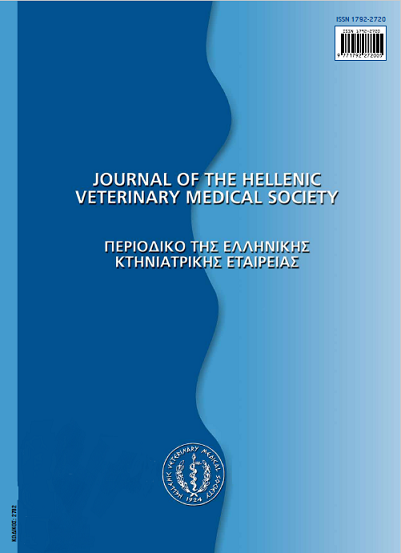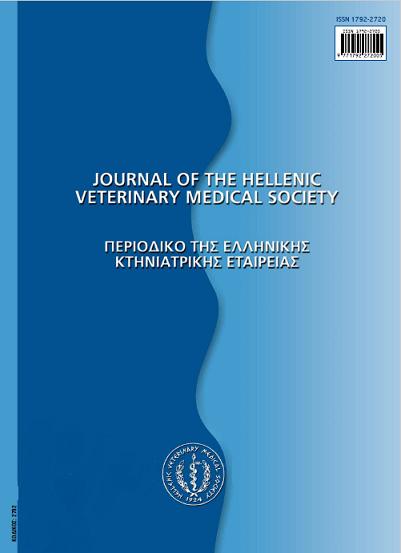Ochratoxin A in foods of animal origin
Abstract
Ochratoxin A (OTA) is a mycotoxin produced by the fungi Aspergillus ochraceus καιPénicillium verrucosum. OTA shows a nephrotoxic, teratogenic, immunotoxic and carcinogenic action against animals and humans. In humans, OTA is implicated in the aetiology of Balkan endemic nephropathy. OTA can be mainly found in foods of animal origin as a result of indirect transmission from animals exposed to naturally contaminated feed. Results from research works in various countries showed that the pork meat was the most important source of human contamination with OTA, as compared to other products of animal origin. Sausages containing blood or pork kidney presented the highest amounts of OTA among other food products of animal origin. The presence of OTA in cow's milk was rather low, since the bacteria in the rumen of ruminants are capable of splitting OTA to ochratoxin a, which is generally accepted as no toxic metabolite. The European Union has not yet set limits of ochratoxin in foods of animal origin, in contrast to these of limits in foods of plant origin.
Article Details
- Zitationsvorschlag
-
GOVARIS (Α. ΓΚΟΒΑΡΗΣ) A., SOLOMAKOS (Ν. ΣΟΛΩΜΑΚΟΣ) N., & PAXARA (Α. ΠΕΞΑΡΑ) A. (2017). Ochratoxin A in foods of animal origin. Journal of the Hellenic Veterinary Medical Society, 58(4), 313–320. https://doi.org/10.12681/jhvms.14995
- Ausgabe
- Bd. 58 Nr. 4 (2007)
- Rubrik
- Review Articles
Authors who publish with this journal agree to the following terms:
· Authors retain copyright and grant the journal right of first publication with the work simultaneously licensed under a Creative Commons Attribution Non-Commercial License that allows others to share the work with an acknowledgement of the work's authorship and initial publication in this journal.
· Authors are able to enter into separate, additional contractual arrangements for the non-exclusive distribution of the journal's published version of the work (e.g. post it to an institutional repository or publish it in a book), with an acknowledgement of its initial publication in this journal.
· Authors are permitted and encouraged to post their work online (preferably in institutional repositories or on their website) prior to and during the submission process, as it can lead to productive exchanges, as well as earlier and greater citation of published work.










